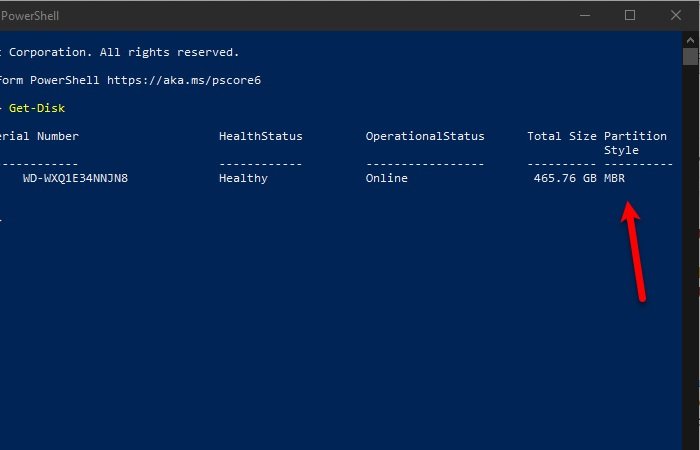

Here, we insist you use iBoysoft Data Recovery, a capable Windows data recovery tool that's equipped with advanced disk scanning and recovery algorithms. To recover data from hard drives with the I/O device error, you need a reliable and powerful hard drive recovery tool. And that's why data recovery becomes the top priority. What's more, when you proceed with methods to fix the I/O device error, changes made to the drive may cause data loss or data to be overwritten. In this situation, some of your data might be broken or lost. When the system prompts with the I/O device errors, it's likely your drive is damaged or corrupted. Recover data from inaccessible hard drives It's suggested to follow the order when troubleshooting I/O device errors in Windows 7/8/10/11. The fixes to I/O device errors in Windows can range from the hardware level to software-related issues. How to fix hard drive I/O device errors in Windows What causes I/O device error in Windows 10? To help you solve this issue and access your drive, this post covers 5 working solutions on how to fix I/O device error in Windows, along with clear explanations of why I/O device error occurs. It's also reported to happen on multiple Windows versions such as Windows 7/8/10/11. In addition to the external hard drive, an I/O device error can occur on various devices, including hard drives, USBs, SD cards, etc.

I installed Windows 10 yesterday - and although I was able to read one file with my external Seagate Drive - it then stopped working and I get a "Cannot access a folder due to I/O device error". Under this circumstance, Windows users find it unable to access their hard drives and receive the I/O device error message. An I/O device error occurs when Windows is unable to perform an input/output action, such as reading or writing the hard drive.


 0 kommentar(er)
0 kommentar(er)
